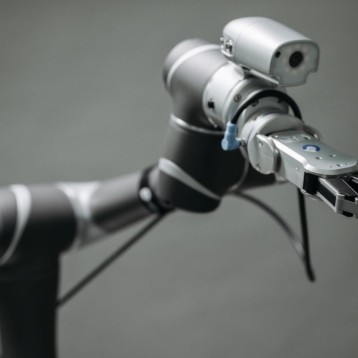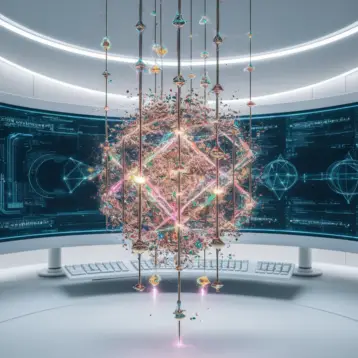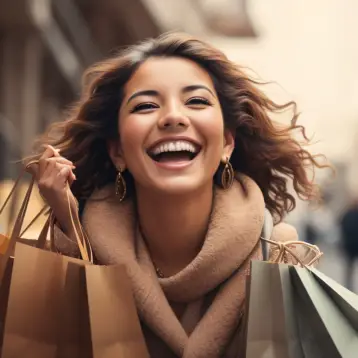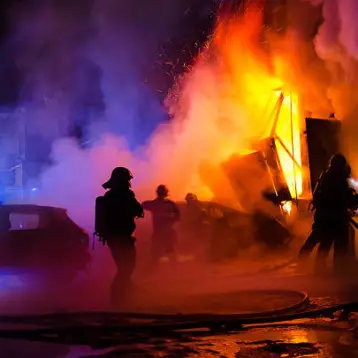
Robots are evolving in fascinating ways. Cloud computing, big data and the Internet of Things have all helped open new doors for artificial intelligence. Robots are also learning from much simpler mediums, such as human speech.
Researchers Hit Roadblocks With AI Development
Some experts believe that engaging in conversations with humans is going to play a substantial role in machine learning. Robots are already programmed to understand tens of thousands of different words. While their vocabulary continues to expand, many robots still lack the contextual capabilities to engage freely.
Last year, Facebook created several of its own chatbots and programmed them to communicate with each other. The researchers tried monitoring the conversation between the robots determine how well they communicated.
The researchers were shocked by what actually happened. They couldn’t follow the conversation at all because the robots invented their own language. The Facebook team couldn’t interpret the content in their conversations. Facebook had to scrap the chatbots and go back to the drawing board.
Dhruv Batra, Facebook researcher, told FastCo that part of the problem stems from the lack of incentive the robots were given to converse in English.
“There was no reward for sticking to the English language,” Batra said. “Agents will drift off understandable language and invent codewords for themselves. Like if I say ‘the’ five times, you interpret that to mean I want five copies of this item. This isn’t so different from the way communities of humans create shorthands.”
This wasn’t the first time that an AI robot behaved inappropriately after being released into cyberspace. A few years ago, a teen girl AI made lots of racist and promiscuous comments in less than 24 hours.
These fiascoes prove that robots often don’t understand the meaning of their words. Robots may actually need to be socialized by holding conversations with humans first. They must engage with them to understand the contextual meaning behind various phases.
Is Human Speech the Future of AI?
Jacob Crandall, a researcher at Brigham Young University created a revolutionary machine learning algorithm. This algorithm allows robots to learn from human speech. Robots may need higher powered battery units, like those from Keysight, to process exponentially higher input volumes.
Crandall‘s application may be the biggest breakthrough in artificial intelligence over the past decade. Machines no longer need to depend on skilled developers to provide imports they need to improve their functionality. There are several reasons this is an important development in the future of AI.
Robots ability to learn will be far less restricted. They can learn from virtually anybody, rather than advanced programmers with master’s degrees in computer science.
It is important to understand that software developers’ skill sets are extremely specialized. It is difficult for them to understand complex fields where they have little training, such as financial management, nuclear science, law-enforcement and constitutional law. They typically need to collaborate with other professionals on multidisciplinary projects to develop appropriate AI solutions. Unfortunately, this information is often lost in translation between professionals in unrelated fields.
This isn’t the first AI algorithm that allows robots to understand human speech. Amazon Alexa is one of the most popular on the market. Business Insider’s Mai-Hanh Nguyen points out that Cleverbot is also capable of interpreting inputs from human speech.
“This form of obtaining information from the collective intelligence of a large number of people allows Cleverbot to respond in new conversations by taking into account the context of the conversation typed by a user and searching its database for an appropriate response. It scans its history for every user-submitted response to the given question and replies accordingly, which creates a more human-like conversation with users.”
However, Crandall’s algorithm is the first that incorporates human speech into machine learning. It is going to have a profound impact on AI applications in the future.










